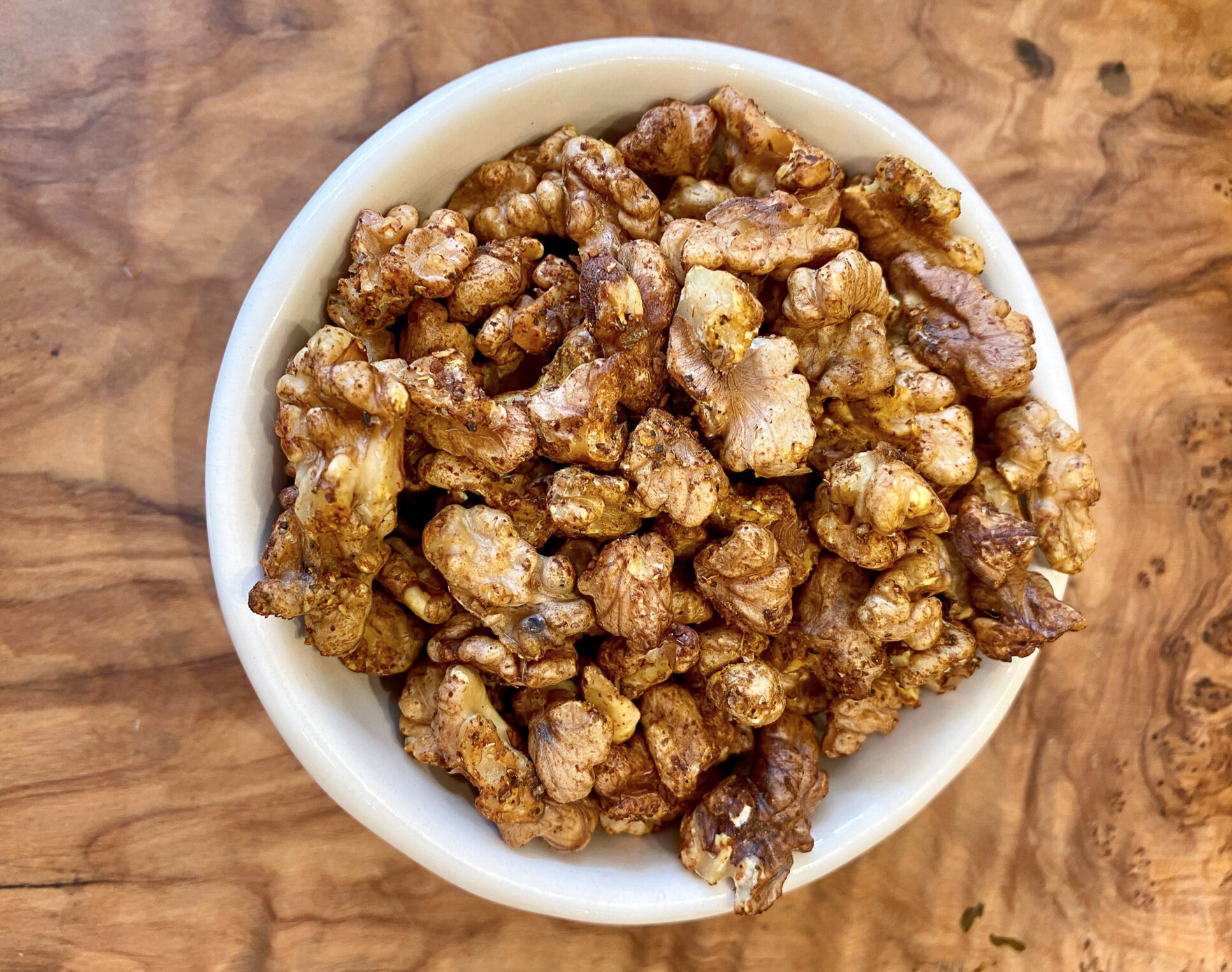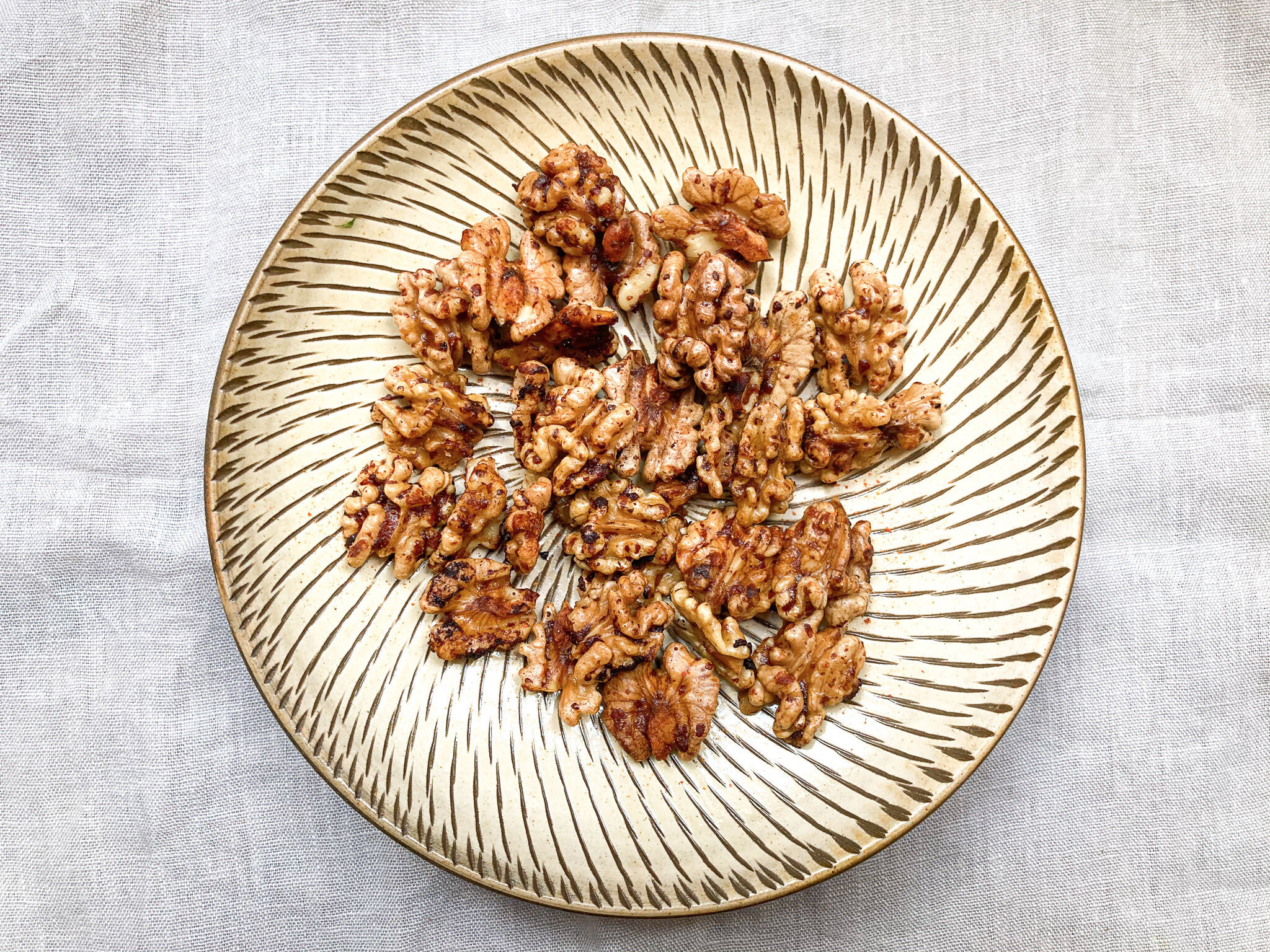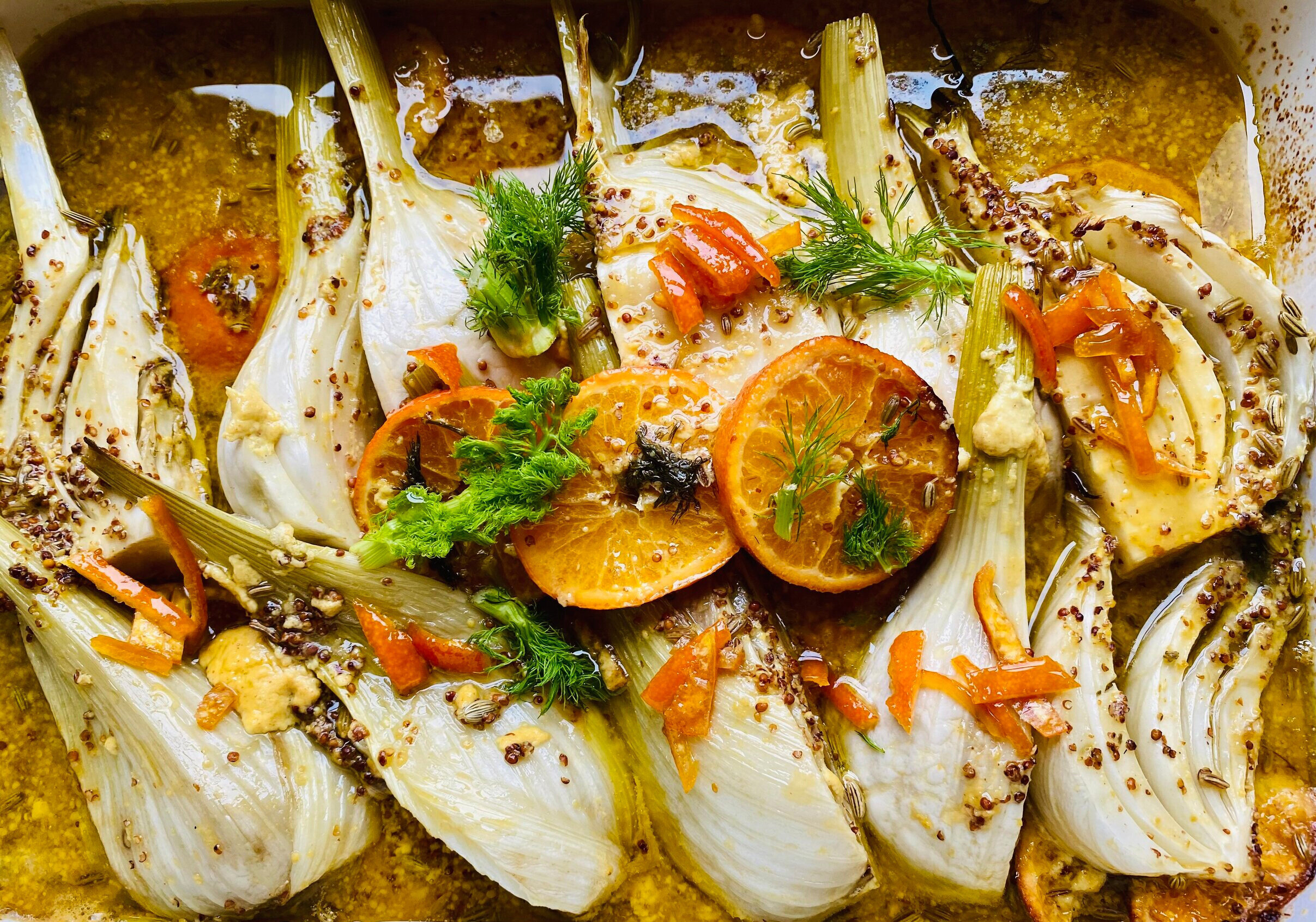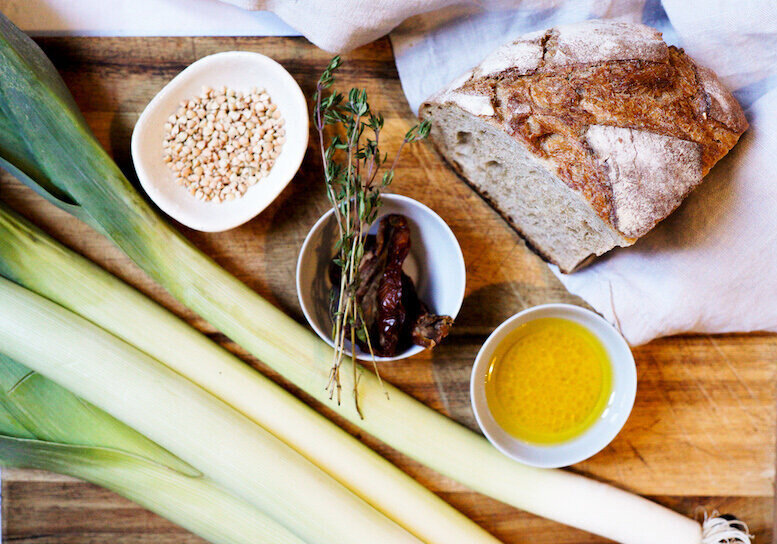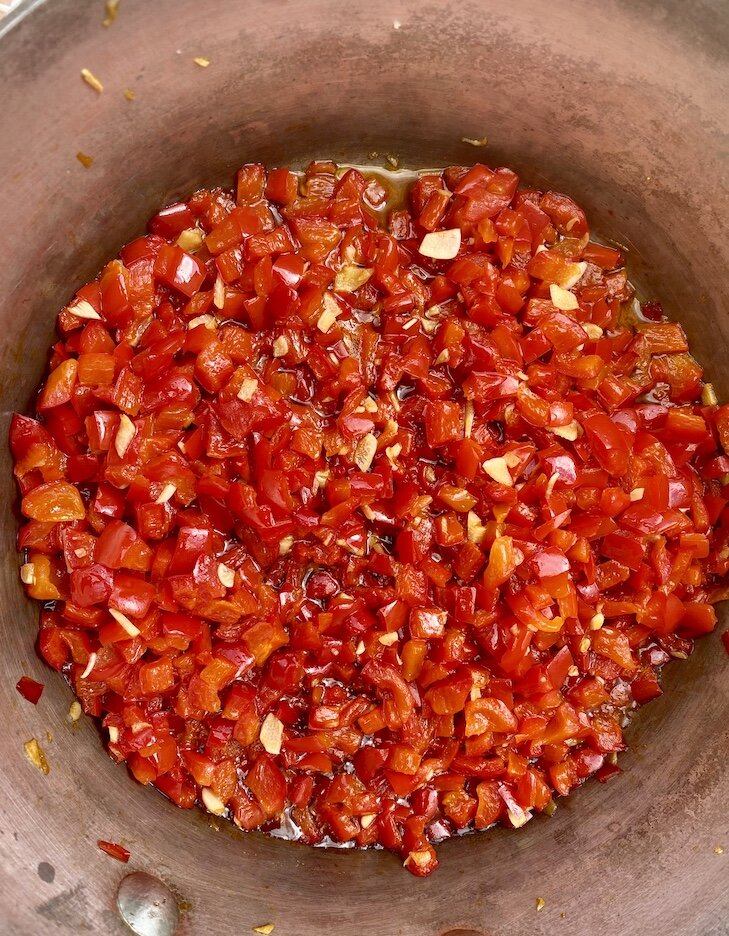This vibrant, refreshing soup is a welcome sign of the arrival of spring. The buttermilk here adds a bright, lactic tang and creamy thickness, against the pungent bite of raw garlic and the soothing back notes of fresh mint. The peas are blanched lightly, then refreshed in cold water, to stop them from cooking all the way through. This allows them to hold their color as well as texture. For another variation, try swapping the mint out for sorrel, for a more lemony version.
Nourish notes: If you can, source your milk from a small scale, sustainable farm, but if that is proving tricky try the non-dairy buttermilk version in the notes below. And don’t forget to save the pea pods to use in preparing vegetable stock.
Spring Pea, Garlic, Mint and Buttermilk Soup
6 servings | Equipment: A 5-quart (5 l) pasta pot fitted with a colander; a blender; 6 chilled shallow soup bowls
Ingredients
1 ½ pounds (750 g) fresh peas in their pods, about 2 cups shelled peas (8 ounces; 250 g)
1 tablespoon coarse sea salt
2 plump, moist, garlic cloves peeled, halved, and green germ removed
1 teaspoon fine sea salt
1 quart (1 l) buttermilk, shaken to blend (see Notes)
4 tablespoons finely minced fresh mint leaves, plus more for garnish
Method
1. Shell the peas. You should have about 2 cups (8 ounces; 250 g) shelled peas.
2. Fill the pasta pot with 3 quarts (3 l) of water and bring to a boil over high heat. Add the coarse salt and the peas and blanch, uncovered, for about 2 minutes, counting from the time the peas enter the water. Taste for desired doneness. The peas should still have a touch of crunch. Drain well. With the peas still in the colander, rinse them well under cold running water. This will help the peas retain their bright green color and flavor.
3. In the blender, mince the garlic. Add the peas, fine sea salt, buttermilk, and minced mint. Process to a smooth liquid. Serve in chilled soup bowls, garnished with additional mint. (The soup can be made up to one day in advance, chilled then reblended at serving time.)
NOTES: To prepare homemade buttermilk, combine 1 tablespoon of distilled white vinegar or lemon juice to each 1 cup (250 ml) of whole milk. Stir to blend. The acid will coagulate the milk. The result will not be as thick as traditional butter milk, but if you do not have buttermilk on hand, this may save you an extra trip to the market!
For a non-dairy buttermilk, simmer 1/2 cup (150 g) cashews and 1/2 cup (150 g) of whole almonds in water for 15 minutes. Drain, rinse and pop the almonds out of their skins (discard the skins). In a blender combine the nuts with 1 quart (1 l) water and blend until smooth, about 30 seconds to a minute. Add 4 tablespoons (1/4 cup) freshly squeezed lemon juice to the mixture and stir to blend.
This is a Nourish the Planet recipe, part of a collaborative series by Patricia Wells and Emily Buchanan.
© 2021 – All rights reserved. Please do not reproduce without permission.
Find our more here about why we created this series.










